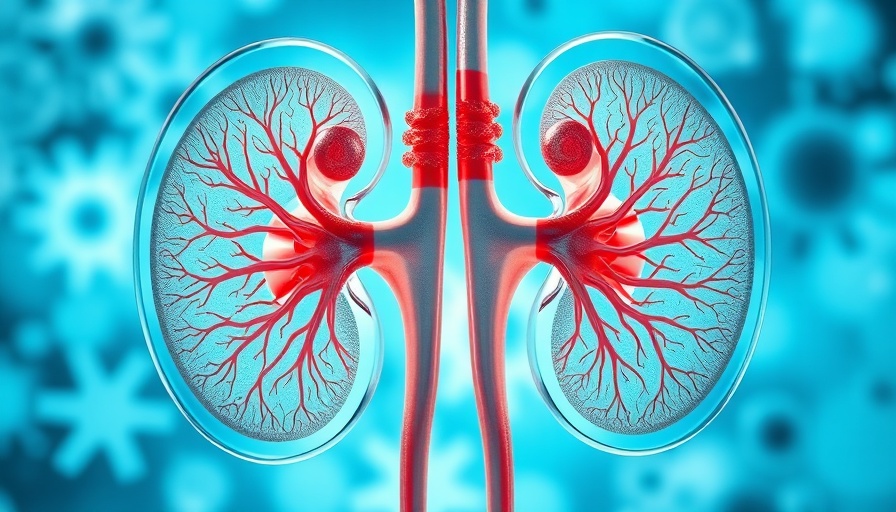
Rarely Seen Toxicity: A Cautionary Tale
The recent case of valacyclovir toxicity in an elderly woman with a single kidney serves as an important reminder about cautious medication management in vulnerable populations. This incident highlights the delicate nature of drug dosing in those with compromised kidney function and the need for tailored treatment plans.
Understanding Valacyclovir and Its Risks
Valacyclovir is widely used for treating herpes virus infections. While it is generally considered safe for many patients, those with a single kidney or reduced renal function must be monitored closely. This case underscores how even common medications can pose unexpected risks, reinforcing the importance of personalized care in elderly patients.
The Role of Telemedicine in Monitoring Kidney Health
With the rise of telemedicine, patients and healthcare providers can engage in more flexible monitoring. Regular virtual check-ins can lead to early detection of medication side effects, especially in elderly patients or those with special health needs. Telemedicine allows healthcare providers to adjust prescriptions and dosages quickly, potentially preventing cases like valacyclovir toxicity.
Building Awareness: Key Takeaways
For family members and caregivers of elderly patients, awareness of medication risks is vital. Regular communication with healthcare providers about medication side effects can be life-saving. Using tools like telemedicine can foster a proactive approach to health care, ensuring that medication regimens are safe and effective.
Encouraging Preventative Care in the Community
Community health workshops emphasizing the prevention and management of medication toxicity can empower families to take an active role in healthcare. By discussing these serious but relatable issues, we can strengthen community bonds and promote a culture of informed, preventative care.
Conclusion: A Call to Action
This case serves not only as a warning but also as an opportunity to enhance our community’s understanding of the complexities surrounding elderly care. Patients should feel empowered to ask questions and seek further information regarding their medications. As we advance toward more integrated healthcare solutions, let’s ensure our elderly populations receive the best preventive care possible.
 Add Row
Add Row  Add
Add 




Write A Comment